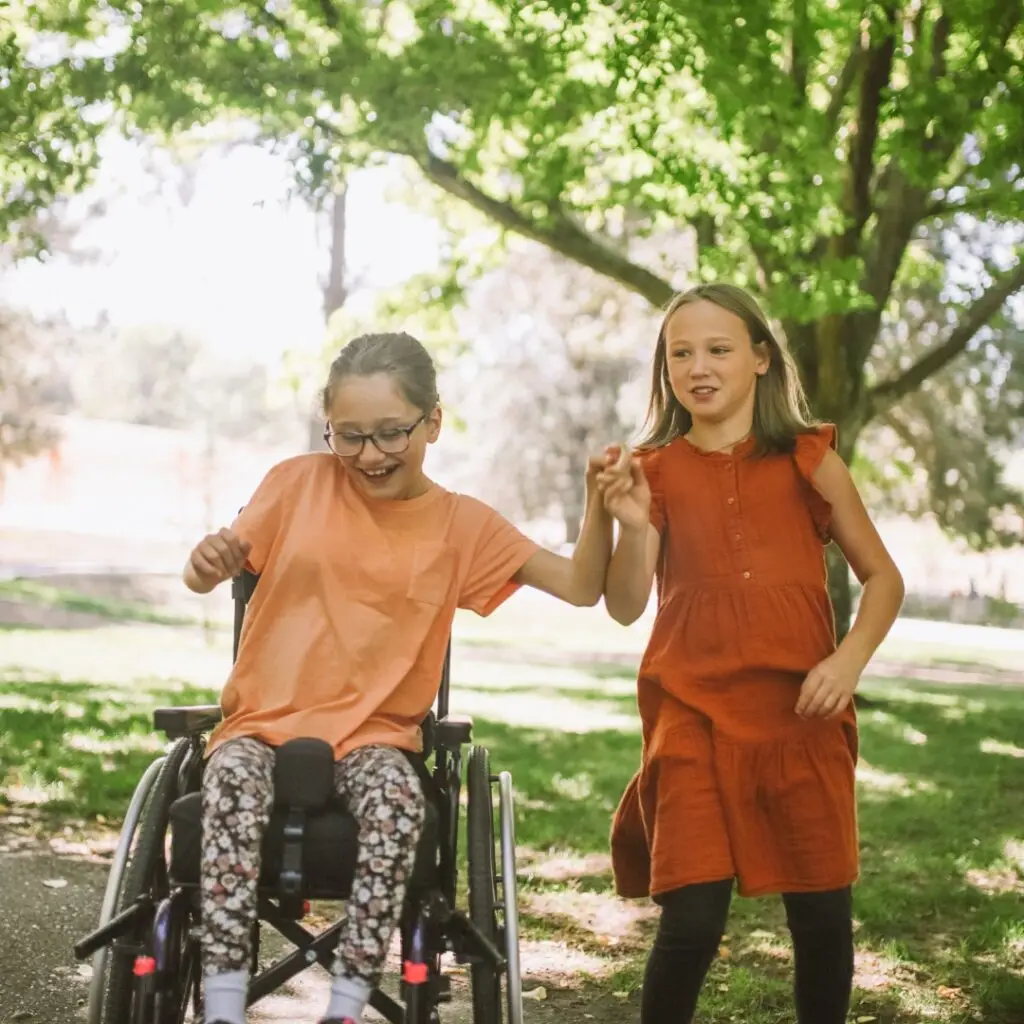
It is easy to assume that children naturally know how to include others.
But the truth is, many grow up without ever being shown what real inclusion looks like, and who gets left out as a result.
Children with disabilities are often the first to be excluded. Not out of cruelty, but because most children are never taught how to make space for someone different from themselves. They notice differences, but they don’t always know what to do with them. Without guidance, uncertainty can turn into distance. Distance becomes habit.
This gap is not just about playgrounds or birthday parties. It follows children into their classrooms, workplaces, and communities. The habit of exclusion, once learned, is hard to unlearn.
The good news is inclusion can be taught
Parents have a rare and powerful chance to break this cycle early. It doesn’t take speeches or special programs. It takes everyday moments where children are shown, not told, that everyone has a place.
Here are a few simple ways to teach inclusion at home:
-
Start with a conversation before a playdate.
Talk with your child about making sure everyone feels welcome. Remind them to look out for kids who might be left out.
-
Encourage invitations to classmates who are often alone.
Help your child notice who might need a friend, and how powerful a simple invitation can be.
-
Choose bedtime stories that reflect all kinds of abilities.
Look for books where children of different abilities are heroes, leaders, and friends.
-
Show How to Offer Help with Kindness
Teach your child to offer help in a way that does not make anyone feel different or embarrassed. Remind them that real kindness is about making others feel comfortable and valued.
-
Encourage Speaking Up for Others
Help your child practice standing up for others. Teach them to speak up with kindness and to tell their friends when something is not funny or kind. Small words can make a big difference.
-
Teach That Silence and Laughing Can Hurt Too
Let your child know that laughing along or staying silent when someone is being hurt is also a problem. Silence can send the wrong message. Being brave enough to say something shows true kindness.
Model inclusion belongingrespect for all in everyday life.
Children learn best by watching what adults do. You can show your child inclusion by:
- Saying hello and using people’s names.
Greet others warmly, especially those who are often overlooked.
- Saying hello and using people’s names.
- Asking how others are doing, and really listening.
Show your child that everyone’s story matters.
- Asking how others are doing, and really listening.
- Partnering with different classmates or teammates.
Join activities where everyone is mixed together. Invite others to join games or group projects.
- Partnering with different classmates or teammates.
- Volunteering together.
Find opportunities where you and your child can volunteer side by side, especially in settings that support children with disabilities.
- Volunteering together.
- Speaking up when someone is excluded.
Show your child that kindness sometimes means taking action, not just feeling bad.
- Speaking up when someone is excluded.
Each small moment teaches children that every person matters, not because of what they can or cannot do, but simply because they are human. A simple act of treating every child as equally valuable.
Inclusion is not about doing something extra. It’s about making inclusion feel ordinary, a natural, unquestioned part of how we live and connect.
If we want a future that truly welcomes everyone, it must start with what we teach at home today.
What will you teach your child about inclusion today?

